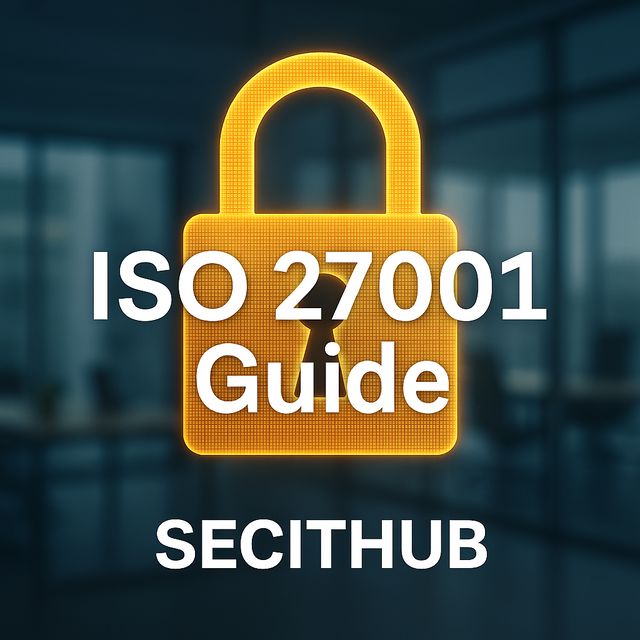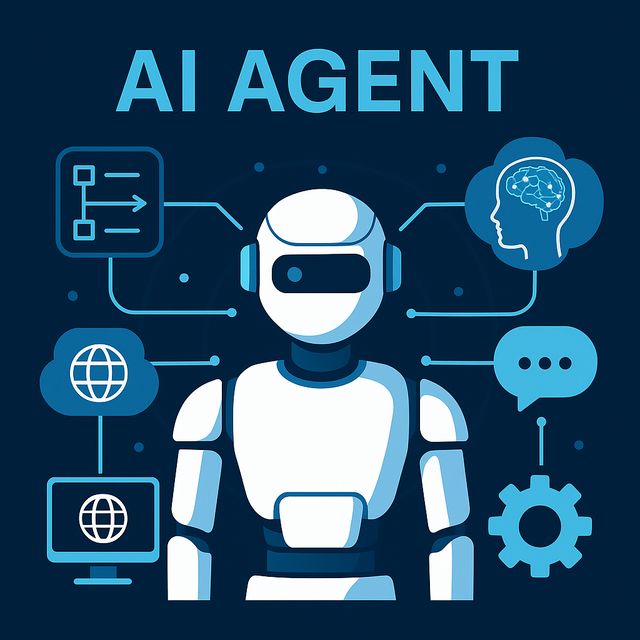Since Gartner introduced the Secure Access Service Edge (SASE) concept in 2019, it has revolutionized the way organizations approach network and security convergence. SASE represents the shift from traditional perimeter-based security to a cloud-native model that integrates networking and security functions into a single service. With the increasing complexity of cyber threats and the widespread adoption of cloud services, businesses must adopt SASE to ensure scalability, security, and performance across their distributed environments.
SASE is an architecture that combines Wide Area Networking (WAN) capabilities with comprehensive security services, all delivered through the cloud. From a networking perspective, SASE includes software-defined WAN (SD-WAN) to provide optimized connectivity and ensure consistent performance across locations and users. On the security side, SASE integrates core functionalities such as Secure Web Gateway (SWG), Cloud Access Security Broker (CASB), Firewall-as-a-Service (FWaaS), and Zero Trust Network Access (ZTNA).
Organizations that implement SASE benefit from reduced complexity, improved visibility, and a unified policy framework that enhances both network performance and security posture. By adopting this approach, businesses eliminate the need for multiple point solutions, streamlining management while reducing costs.
SASE vs. SSE: Understanding the Difference
While SASE focuses on the convergence of networking and security, Secure Service Edge (SSE) is a subset that deals solely with security services. SSE includes SWG, CASB, and ZTNA but lacks the networking capabilities of SASE, such as SD-WAN. This distinction makes SSE a suitable solution for organizations looking to enhance cloud security without overhauling their network infrastructure, whereas SASE is ideal for enterprises seeking a complete, integrated solution for both connectivity and security.
Why Businesses Should Embrace SASE
Companies operating in highly distributed environments, such as financial institutions, healthcare providers, and retail chains, stand to benefit the most from SASE adoption. These industries require secure, high-performance access to applications hosted across multiple cloud environments and on-premises data centers. SASE provides:
- Improved Security: Continuous inspection and enforcement of security policies across all traffic, ensuring compliance and threat mitigation.
- Enhanced User Experience: Optimized connectivity with minimal latency, critical for remote employees and branch offices.
- Simplified IT Operations: Centralized management reduces administrative overhead and allows for agile response to evolving threats.
- Scalability: Cloud-native architecture supports rapid business expansion without compromising security.
As organizations continue their digital transformation journey, the adoption of cloud services and remote workforces will continue to grow. SASE enables businesses to future-proof their security strategy by providing a scalable, flexible, and adaptive security framework. Companies that embrace SASE today will be better positioned to tackle the evolving threat landscape and meet compliance requirements in the future.
The convergence of networking and security is no longer optional; it’s a necessity for organizations aiming to stay competitive in a rapidly evolving digital landscape. Adopting SASE offers enterprises a comprehensive, efficient, and future-ready solution that aligns with their cloud-first strategies while ensuring robust security.


